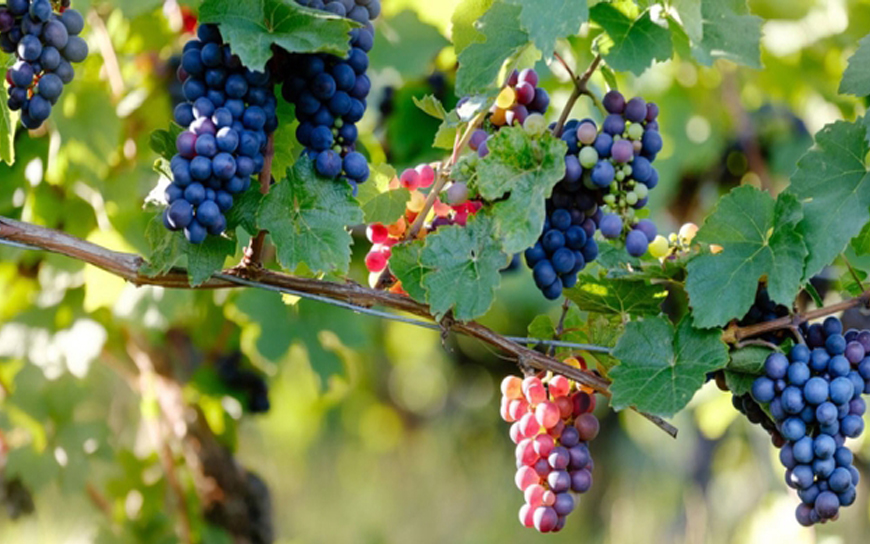
MILK DISEASES - CUTTING
METHODS:To avoid any infections from wood diseases, the pruning work should be done in dry weather.Where it is not possible to remove the large incisions, cover the incision with a protective (paste) or plastic knife to be applied (with a brush) or urethral sprayer immediately after pruning (within 24 hours). Disinfect the pruning with a pure alcohol or bleach solution 10%. Disinfection should be done regularly, if possible before moving on to the next stump and in any case if during the incisions any symptoms of wood disease were observed.
CONSOLIDATION: Make every effort to exclude by pruning heads, vines, warts that show dryness, abnormal paint, poor woodwork cracks etc. Any stems that have been marked, since last summer are infected with last. In the affected stumps, an attempt can be made to reshape them, with incisions (10 cm) below the affected wood, which will be drilled after percutaneous disinfection of the saw, trying to reveal the solid wood. If it is not possible to reshape the weak stump to be uprooted.
The affected logs (greater than 2 etn) trunks, arms and theuprooted stems should be destroyed by light of one year all growers. The wood vines that is one year, it is not necessary to burn and can be incorporated into the soil after fragmentation.
SYMPTOMS to summer: Iska: yellowing of the leaves between the nerves and wilting until drying of one side or the whole plant. Eutypiosi: cachectic vegetation on one side or catholic. Fomopsi: appearance of small angular spots of light green color that then turns brownish-black. Symptoms at this season: see following photos.
In areas where Eutypiosi causes serious losses, it is recommended to configure the stems with the system of double bodies in which each trunk bears half of the appropriate number of matins. It has also been found that stem shaping systems, such as the traditional cup and the supported linear shapes, ensure a lower chance of infecting plants due to the smaller size of the stems that grow.
Regarding to Fomopsi, the disease can be treated chemically by performing 1-3 preventive sprays, depending on the weather conditions during its period. The first spray occurs in the mating, the second spray after the formation of the first leaf and the third in the stage of 2-3 leaves. For the other diseases of the vine the sprays at this time have noneefficiency and is not justified.


